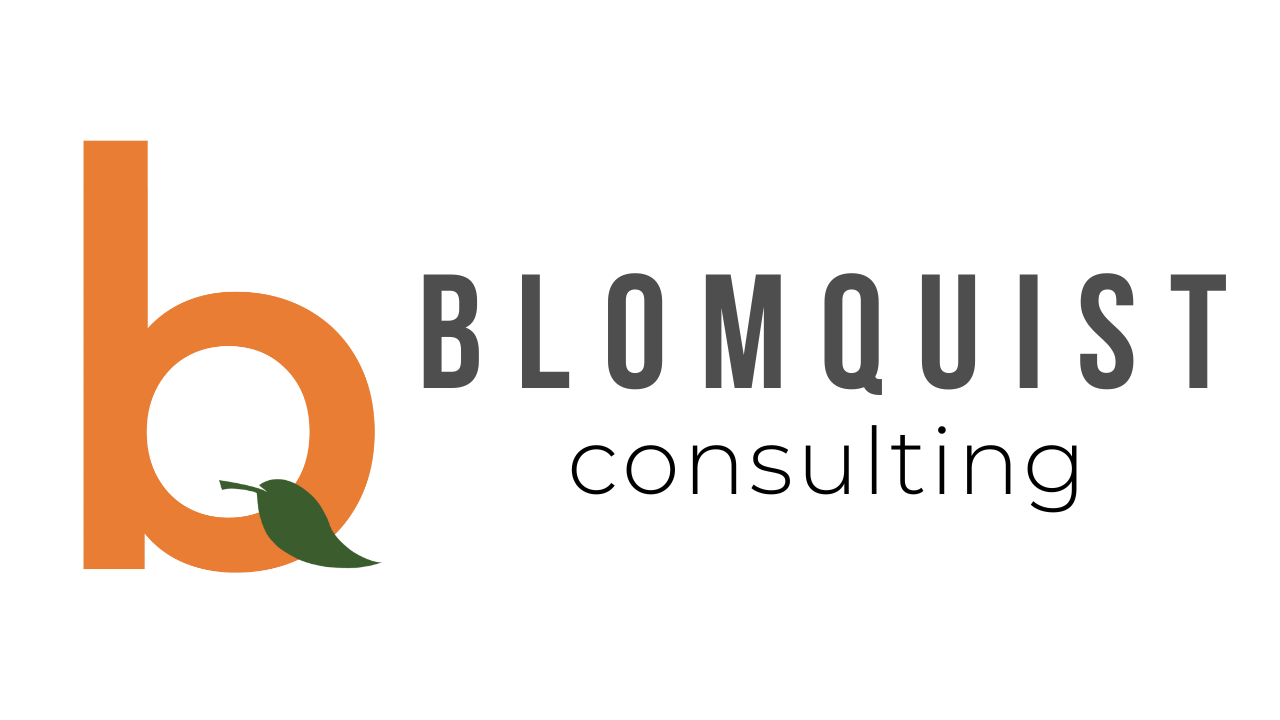Retention is a Byproduct of Poor Workforce Planning
Every executive and organization has their own retention philosophy. Are you planning on retiring at your current organization? If not, where are you in the process of planning for your next step toward retirement?
The reality is in today’s workforce environment, it would be naive of any business leader or executive to assume the job they have is the one they will retire with. More often than not, organizations do not advance at the same rate that individuals do. While a role may continue to be challenging or pose new problems to solve, professionally driven individuals will look elsewhere if they feel a lack of equal growth in their current position’s responsibilities and their own perceived capabilities. When people feel unfulfilled, they find fulfillment elsewhere. Simple.
Don’t Be a “Do As I Say, Not As I Do” Manager
Those same executives would also say that it is immoral and irresponsible for a leader to neglect their current responsibilities if they decide that their current role no longer feels fulfilling. True leaders will continue trying to build an organizational culture that creates loyalty and pride in association with the brand, even if they are seeking other opportunities. If those leaders have done a good job creating a culture that fosters loyalty, they too should feel a sense of organizational commitment.
So, it would be ridiculous for those same executives to assume that everyone they ever hire is going to retire at the organization. When people feel unfulfilled, they find fulfillment elsewhere. Simple.
It’s time we move away from demonizing people for considering their options and looking for ways to feel fulfilled. At the end of the day, if the work they are doing for the organization isn’t satisfying them, they deserve to leave and find that elsewhere. If we design positions and delegate responsibilities well, their departure opens the door for someone out there that will find the position fulfilling.
Proven Ways to Prevent Turnover
Just like how those executives are going to proactively manage their independent futures, there are ways they can proactively manage turnover and prevent the need for extensive retention efforts.
So, how does an organization actually prevent turnover?
By setting people up for success.
Retention is the fear-based response to turnover. Proper workforce planning is the preventative to high turnover. ‘Retention’ cannot be the core exercise. The core exercises must be company development, succession planning, and employee development.
Company Development
By actively putting effort into company development, the organization will build a workforce culture that is generative, resilient, and loyal. The core foundations of company development fall back on evaluating current situations and looking for opportunities for improvement; meaning leaders are actively trying to eliminate obstacles so their teams can achieve objectives. When companies are proactive about managing change and pursuing continuous improvement, employees view the workplace as an opportunity to explore innovation possibilities and won’t be left feeling underutilized.
People want to create change. They want to be remembered for something and have a lasting impact. Doing things ‘the way they’ve always been done’ doesn’t necessarily speak to that intrinsic, human value.
While many industries and individual companies have made immense strides over the years, the labor force transformation is a more recent focus of businesses. Since 2000, only 33% of the US working population is actively engaged in their work.
Instituting company development doesn’t have to be extreme. The concept encompasses a wide scope of activities, departments, and ideas. If successful, development initiatives impact all areas of a business. But these initiatives could be as simple as developing a process for succession planning or providing employees with learning and development opportunities.
Succession Planning
By instituting succession planning, organizations create prolific pathways to long-term, sustainable success. If unexpected leadership changes or market factors pose threats to operational prosperity, succession planning will serve as a safety net.
Companies must anticipate the shortage of employees with the skills and competencies necessary to maintain competitive advantage. Succession planning identifies and develops current and future leaders so that if and when a position opens, someone at the organization will be able to step into that role or delegate those tasks without major impedance to productivity. In other words, succession planning ensures leadership continuity.
One of the largest contributing factors to turnover is a lack of employee job satisfaction. Needing more of a challenge, searching for job growth and career advancement, and needing more feedback or structure are three of the top 16 reasons employees quit their jobs. Succession planning solves all three.
Emerging leadership training, a foundational element of succession planning, provides identified employees with a new rotation of challenges with clear objectives for how to initiate their career advancement, while gaining feedback from a current manager or supervisor. Leadership intelligence is continuous, and employees form stronger, more committed relationships with their organizations.
Learning and Development
By providing employees with learning and development opportunities, businesses create a system for continuous improvement for both the organization and their workforce. In order to maintain a competitive presence in the market companies must innovate and evolve. Employee development is one of the most effective and accessible ways to create a channel for bringing new information or ideas back to the organization.
Managers hesitant to offer development often fear that the new ideas or skills the employees gain will lead them to another role. In reality, development programs elevate individual employee productivity and performance, prevent stagnation, strengthen engagement, and provide targeted direction for skill growth. Inhibiting burnout while evolving workforce capabilities to reach collective objectives will only benefit the organization.
Offering growth programs does not lead people out the door. If anything, it attracts like-minded individuals. Development programs only increase employee confidence and effectiveness in their roles. If personal growth is supported, company growth with be pursued in response.
To build a workforce committed to continuous improvement and organizational success, the company must be committed to the workforce’s advancement and achievement in return. Opportunities such as association or industry conferences, mentorship programs, and workshops are all ways an organization can show its commitment to its employees. By utilizing external resources to develop the workforce, businesses create a cyclical source of innovation and competitive leverage, while strengthening employee engagement and loyalty.
Prevent the Need for Exhaustive Retention Efforts
With systems for company development, succession planning, and employee development in place, retention will solve itself.
For ultimate success, call on current leaders to be the cheerleaders of these initiatives. It is impossible to completely prevent professionals from evaluating their options when planning for their independent futures. But, we can create a workplace environment that fosters loyalty to the brand and develop leaders that will plan for the organization’s future by preparing the workforce to take over their position at some point.
If leaders have done a good job creating a sense of culture that fosters loyalty, they too should feel committed to preparing the organization for the future after them.
Equip people for success and if they choose to leave, wish them well. Give them the tools to grow and achieve, develop strong succession planning, and give people the sense that there are options within the organization. Move away from demonizing people for considering their options and looking for ways to feel satisfied with their work, because everyone deserves to find a position that feels fulfilling.
What is your philosophy on retention? Let us know on LinkedIn!



